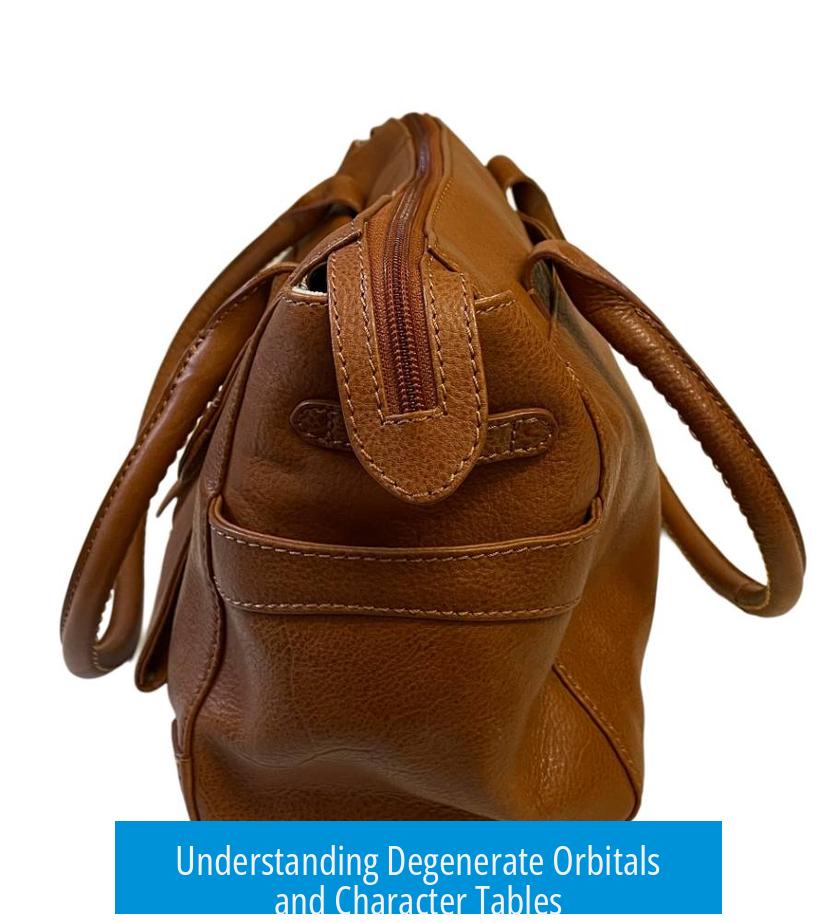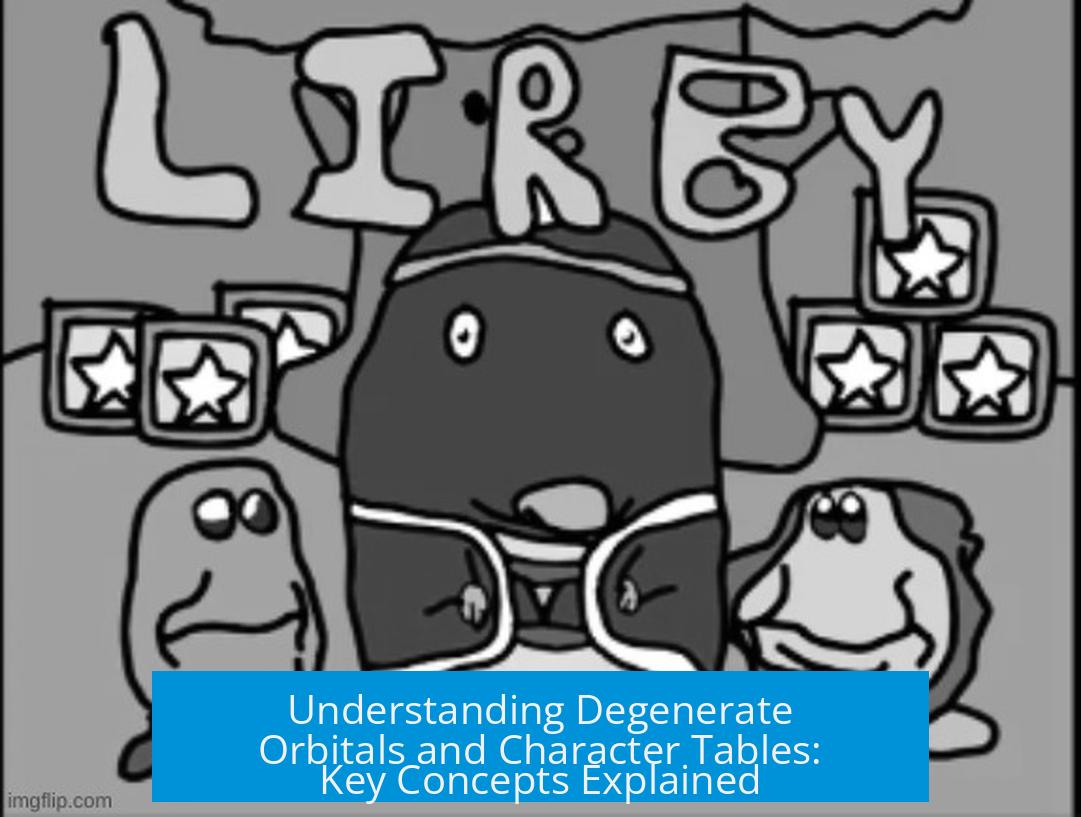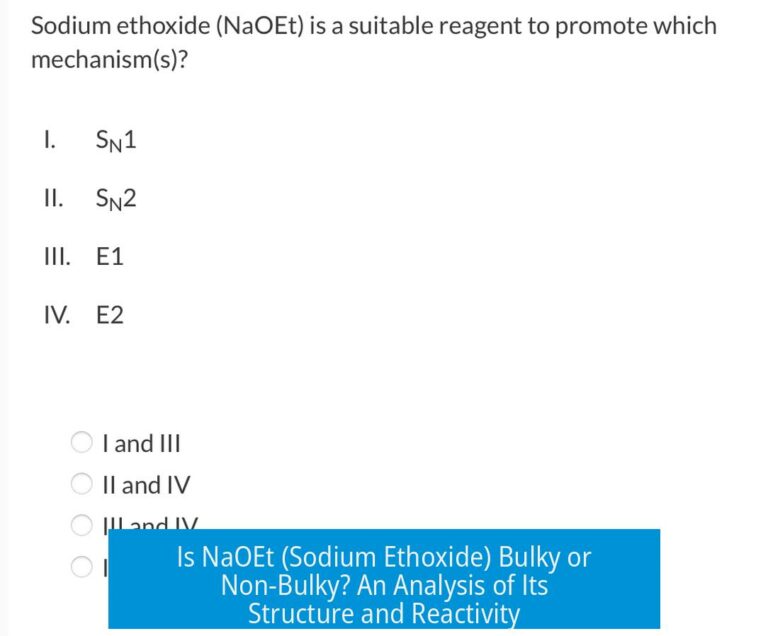Understanding Degenerate Orbitals and Character Tables

Degenerate orbitals are sets of orbitals with the same energy level, explained through character tables that classify symmetry properties, not orbital counts. This distinction is critical to grasping how molecular orbitals behave under symmetry operations.
Nature of Degeneracy in Orbitals
Degenerate orbitals often appear as sets of two or more orbitals sharing identical energy. For example, two sets of doubly degenerate d orbitals exist in certain molecular symmetries. While both are classified as d orbitals, their symmetry behavior varies. When symmetry operations act on these orbitals, combinations like xy and xz do not reproduce the character values typical of one-dimensional representations such as 2, -1, 0 rows found in character tables. Instead, these combinations produce unique sets of characters not listed in the group’s table, reflecting their distinct symmetric properties.
Role of Character Tables

Character tables do not enumerate orbitals or their physical properties. Instead, they represent irreducible representations (irreps) defining how functions or sets behave under symmetry operations. For instance, a character of 2 under the identity operation means the irrep has dimension 2, signaling a doubly degenerate representation. Character tables work universally, even for systems as abstract as symmetric arrangements of objects like toothpicks, underscoring their foundation in symmetry, not chemistry alone.
Clarifying Mulliken Symbols and Degeneracy
Mulliken symbols, such as Eg, identify irreducible representations and convey degeneracy information. “Eg” specifically denotes a doubly degenerate (2-dimensional) representation. This is rooted in the matrix representation of symmetry operations. For an identity operation, the matrix acts as the identity (1 on the diagonal), and its character, the sum of diagonal elements, equals 2 for an Eg representation, indicating two-fold degeneracy.
Group Theory and Its Application
Group theory provides a mathematical framework to analyze symmetry in molecules and orbitals. While it can be complex and abstract, it simplifies understanding orbital behavior. Character tables and Mulliken labels are indispensable tools originated from group theory, enabling chemists to predict orbital splitting and interactions in various symmetry environments.
Key Takeaways
- Degenerate orbitals share energy but differ in symmetry properties as detailed by character tables.
- Character tables describe symmetry representations, not orbital counts, using characters under group operations.
- Mulliken labels like Eg indicate dimension and degeneracy of representations.
- Characters under identity operations reflect representation dimensions (e.g., 2 means doubly degenerate).
- Group theory underpins the classification and understanding of orbital symmetry in molecules.





Leave a Comment